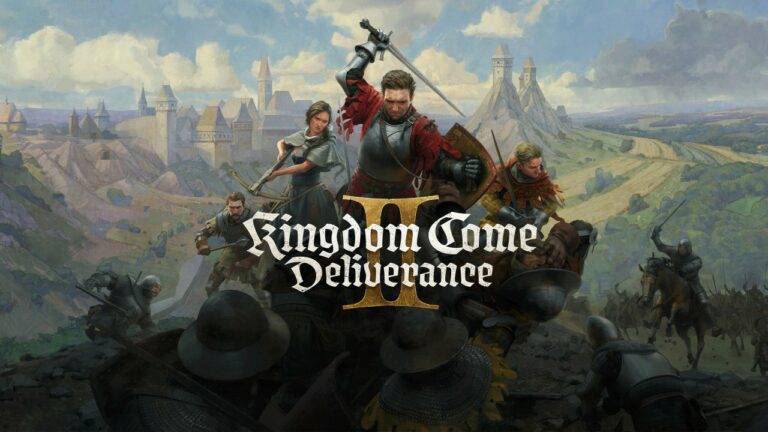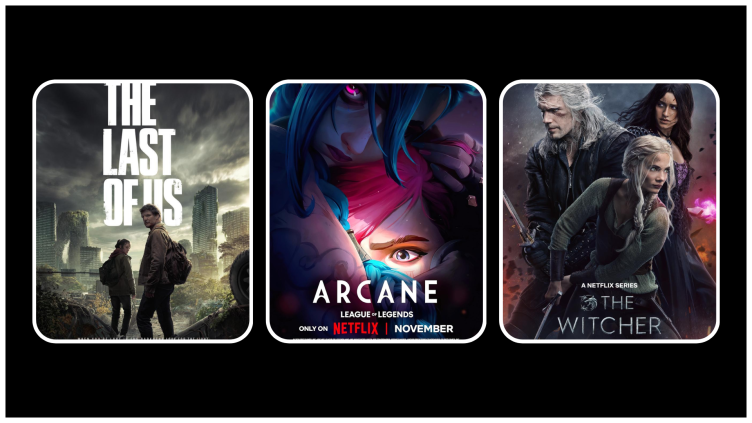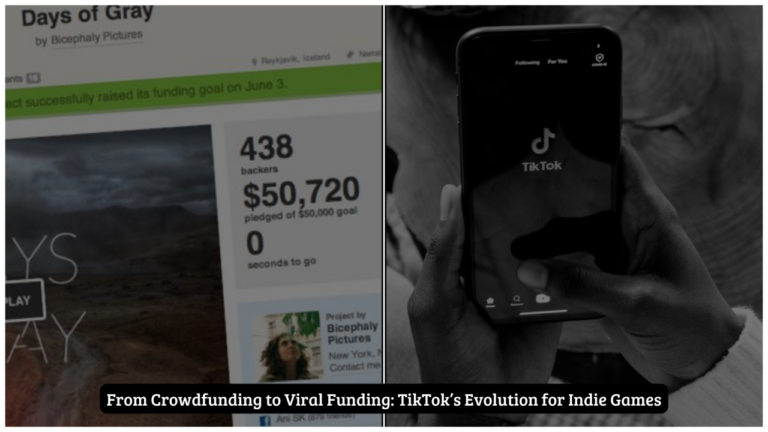In the competitive gaming industry, capturing and maintaining players’ attention is a challenge. One innovative approach lies in harnessing emotions—a phenomenon we can liken to «emotional thumb-wrestling,» where players experience a whirlwind of emotions in rapid succession. This concept can fuel marketing strategies to create deeper connections with audiences.
Here, we explore 10 core emotions—joy, relief, live, surprise, pride, curiosity, excitement, awe and wonder, contentment, and creativity—and how these can inspire engaging campaigns for video games in 2025. The focus: being human, relatable, and memorable.
Joy: Cultivating shared happiness
Joy is the cornerstone of gaming. When players achieve milestones or share humorous moments with friends, joy elevates the gaming experience. This emotion can create a sense of belonging and positivity around a brand.
Real-world application:
📢 Campaign idea: Develop a campaign around «Joy Moments» by inviting players to share videos or screenshots of the happiest moments in the game. Reward participants with in-game items or feature their stories on social media.
💡 Why it works: This fosters community spirit and positions the game as a source of genuine happiness.
Relief: A breath after intensity
In gaming, tension builds through challenges, but the relief players feel after overcoming obstacles is equally powerful. It’s this emotional release that keeps them coming back.
Real-world application:
📢 Campaign idea: Highlight moments of relief in ads, like defeating a tough boss or solving a tricky puzzle. Offer downloadable soundtracks for these moments to enhance relaxation.
💡 Why it works: Aligns the game with moments of satisfaction, making it a go-to stress reliever for players.
Live: Immersive energy
The feeling of being fully alive—immersed in the action—is why many people play games. Fast-paced sequences and adrenaline-fueled gameplay ignite this emotion.
Real-world application:
📢 Campaign idea: Partner with fitness influencers to create challenges where players replicate in-game movements or actions, combining energy and immersion.
💡 Why it works: Merges the virtual and physical, showing the game’s vitality extends beyond the screen.
Surprise: Sparking curiosity and intrigue
Few emotions captivate as much as surprise. Whether it’s discovering hidden levels, unexpected plot twists, or new characters, surprise keeps players hooked.
Real-world application:
📢 Campaign idea: Use AR (Augmented Reality) teasers where players uncover secrets about upcoming features or expansions in unexpected places, like QR codes on gaming merchandise.
💡 Why it works: Keeps the audience engaged while building anticipation for what’s next.
Pride: Empowering achievements
Players love sharing their wins—whether it’s a rare item they found or a leaderboard they topped. Pride fosters community and encourages others to strive for similar accomplishments.
Real-world application:
📢 Campaign idea: Launch a «Proud moments» leaderboard where players can upload and vote on each other’s achievements. The most popular moments could win special rewards or recognition in-game.
💡 Why it works: Validates player efforts and strengthens bonds within the player base.
Curiosity: The thrill of discovery
Gaming thrives on curiosity. Players explore unknown worlds, solve puzzles, and uncover secrets, and this sense of curiosity drives engagement.
Real-world application:
📢 Campaign idea: Introduce a mystery-themed pre-launch campaign where players solve riddles or puzzles that reveal game elements like new characters or lore.
💡 Why it works: Builds excitement and encourages active participation, making players feel invested in the game even before its release.
Excitement: Building the hype
Excitement fuels anticipation. From the announcement of a game to its launch, leveraging this emotion is crucial for successful campaigns.
Real-world application:
📢 Campaign idea: Organize live countdown events for major updates or releases, including celebrity appearances or exclusive game reveals.
💡 Why it works: Amplifies anticipation, giving fans a collective moment of thrill to look forward to.
Awe & Wonder: Creating iconic moments
Games that evoke awe and wonder through stunning visuals, epic storylines, or breathtaking worlds stand out and become memorable.
Real-world application:
📢 Campaign idea: Develop VR or 360° experiences that allow players to explore iconic game environments before playing, showcasing their grandeur.
💡 Why it works: Immerses potential players in the magic of the game, creating an emotional connection before purchase.
Contentment: Balancing the chaos
While action and adrenaline dominate, moments of calm and satisfaction are equally vital. Players appreciate serene landscapes, peaceful mechanics, and the chance to reflect.
Real-world application:
📢 Campaign idea: Promote these serene moments in social media ads, paired with relaxing music. Create digital or physical merchandise like “serenity postcards” featuring peaceful game art.
💡 Why it works: Appeals to players seeking a balanced experience, positioning the game as both exciting and relaxing.
Creativity: Empowering player expression
Games that inspire creativity—whether through designing avatars, creating mods, or building worlds—allow players to feel ownership over their experiences.
Real-world application:
📢 Campaign idea: Host a user-generated content (UGC) contest where players submit mods, art, or stories inspired by the game. Reward winners with exclusive content or real-life perks.
💡 Why it works: Taps into players’ creative potential, strengthening their emotional connection to the game.
Bringing it all together for Branding Specialists
For branding specialists, leveraging these emotions requires a delicate balance of storytelling, interactive content, and authenticity. The key lies in understanding the emotional journey of players and aligning campaigns to mirror those highs and lows. Tools like AI and analytics can help monitor emotional reactions in real-time, enabling dynamic, adaptive campaigns.
Trends for 2025
-
- Emotionally intelligent AI: Predicting and personalizing emotional experiences for each player.
-
- Interactive advertising: Merging storytelling with interactivity to evoke joy, curiosity, and awe.
-
- Community-driven branding: Letting players co-create campaigns that reflect their emotional experiences.
By focusing on these emotional pillars, brands can not only attract new players but also nurture lifelong fans who see the game as more than just entertainment—it becomes a part of their identity.



